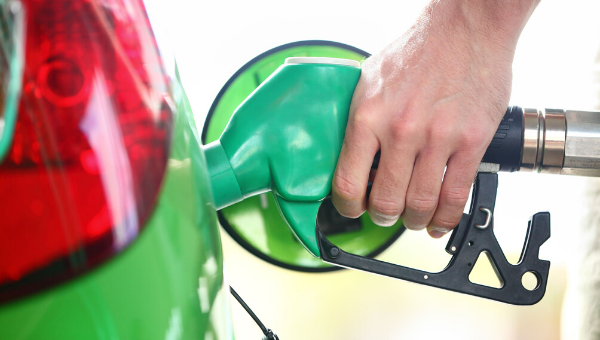
Fuel is a numbers game, right RON?
It used to be simple. At a fuel station, you’d either fill up with Super or Standard. Today, there’s wider selection, with outlets using brand names for premium fuels. It’s all good, but with greater choice can come confusion.
So, which fuel is right for your vehicle? Let’s tease it out.
Petrol is rated by RON (research octane number). Regular was typically between 88-92 RON and Super was 94-97. Now you can get 91, 93 (ethanol-blended E10), 95 and even 98 RON.
Basically, the higher the octane rating, the more compression the fuel can withstand before detonation. It’s not important to understand the technicalities, except that different engines are designed to perform best using certain fuels.
The first point of reference for your vehicle’s required RON is the car’s handbook, which should be in your glovebox. There’s often advice printed on the inside of your vehicle’s fuel flap, too. If you have neither, contact your vehicle manufacturer.
Generally, most vehicles are fine using 95 RON. If you’re at the forecourt and don’t know what to do, go with a higher rating. Higher RON is more expensive but not necessarily better for your engine, if it’s not required. However, using a higher rating than needed probably won’t hurt your engine, so it’s better to be safe than sorry.
Using a rating lower than required could cause ‘pinging’ or ‘knocking’ – that dreaded sound that can lead to catastrophic engine failure if ignored. And you don’t want to hear that…
Words: VACC CEO, Geoff Gwilym. As featured in the Herald Sun 14 February 2020.
Share your thoughts! E: ceo@vacc.com.au